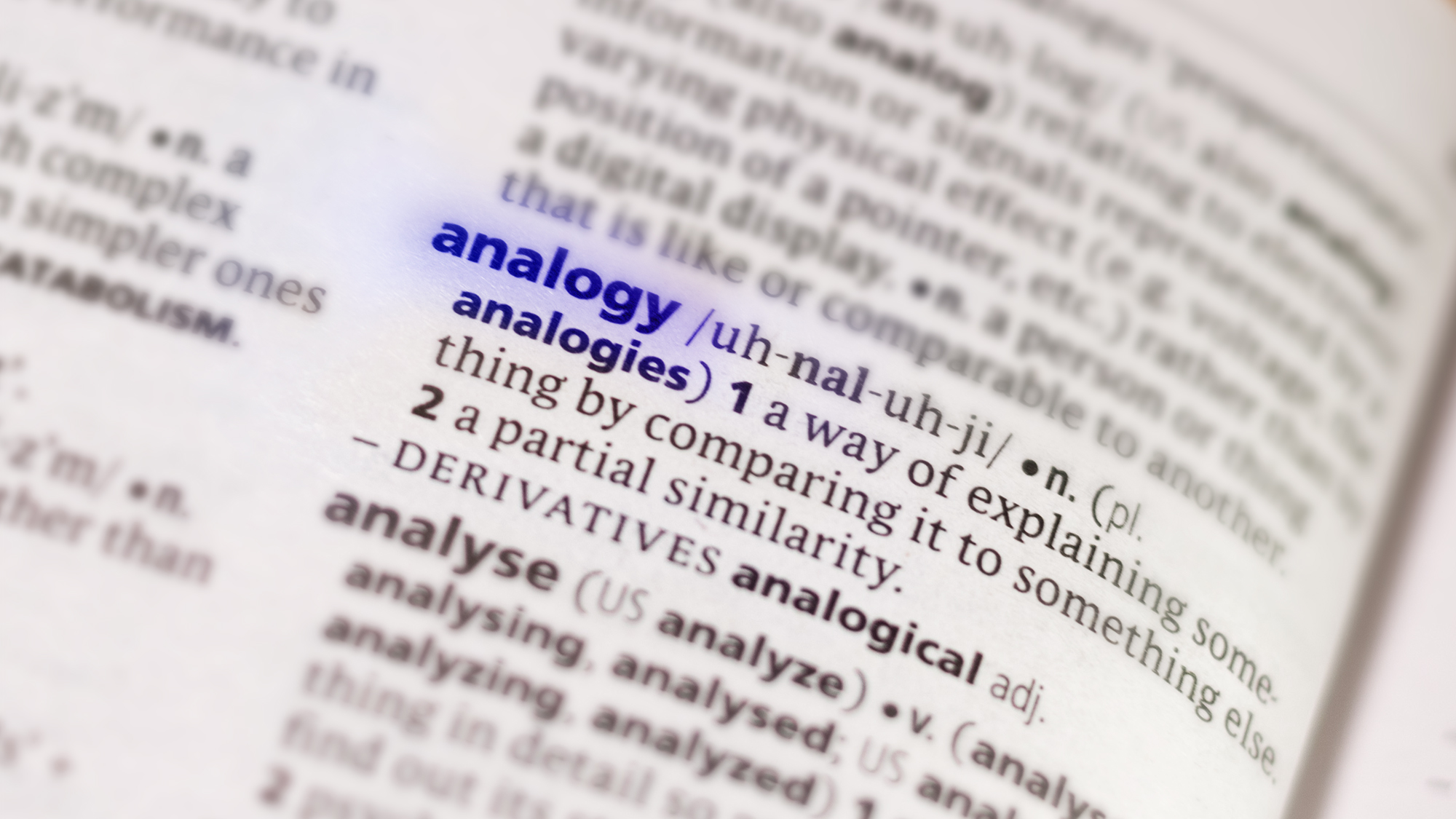Podcast overview
What is preferred stock, exactly? Well, that can be a tricky question to answer. It has shades of common stock – after all, it represents ownership of a company. But it also has shades of debt – usually it comes with a fixed dividend that operates a lot like interest, and often times preferred stockholders can redeem their shares for cash, like how a lender gets repaid at the end of a loan. Plus, preferred stock can blur the lines between debt and equity. So, it’s basically a hybrid – and accounting for hybrid instruments is extremely complicated.
We think the best way to simplify the accounting for preferred stock is by understanding its economics. Basically, think of owning preferred stock as like having that coveted status with your favorite airline. You’re no longer just another passenger. No, you’re the first one on, and probably off, the plane. You rack up tons of frequent flyer miles, have become accustomed to upgrades to first class, and enjoy the flexibility to change your plans with free cancellations. Sounds pretty nice, right? Well, welcome to the world of preferred stock!
Applicability
- All entities
Key impacts
- We describe how preferred stock works and the accounting challenges that come with it.
Podcast contents
- 00:00 – Intro
- 1:20 – What is preferred stock?
- 6:25 – Priority boarding (liquidation preference)
- 7:20 – Frequent flyer miles (dividends)
- 8:30 – Free upgrades (conversion rights)
- 10:45 – Free cancellations (redemption rights)
- 12:20 – Embedded derivatives and classification
- 15:05 – Closing
Explore more

Handbook: Debt and equity financing
Latest edition: Our in-depth guide to debt and equity financing, with our latest interpretations.
Meet our team


